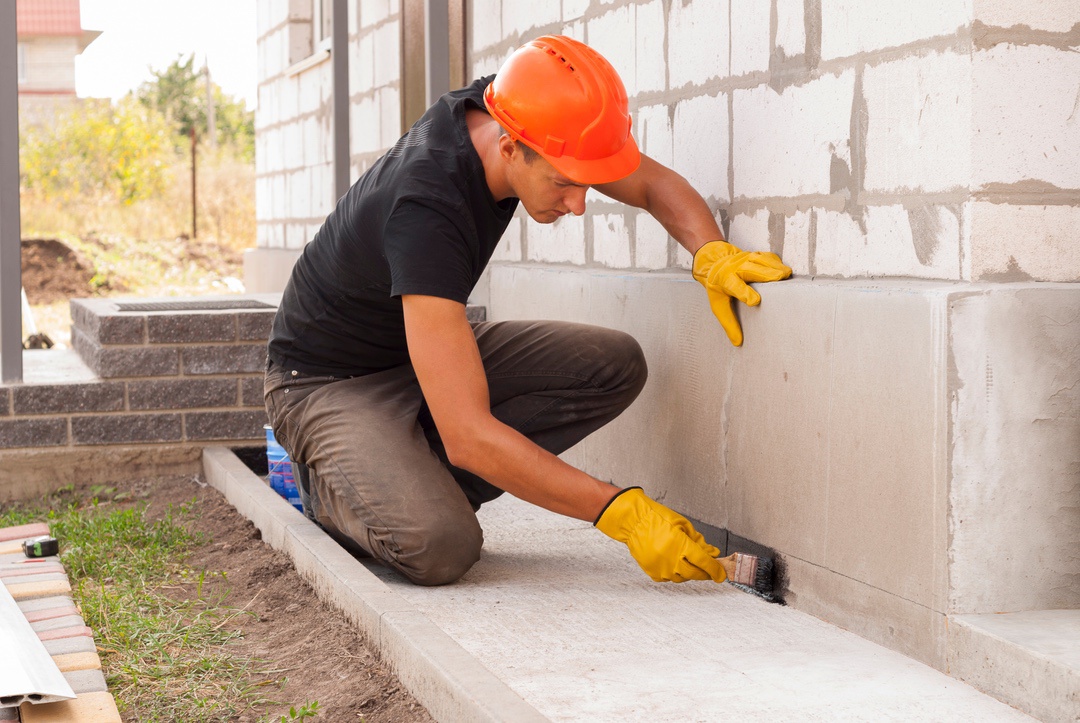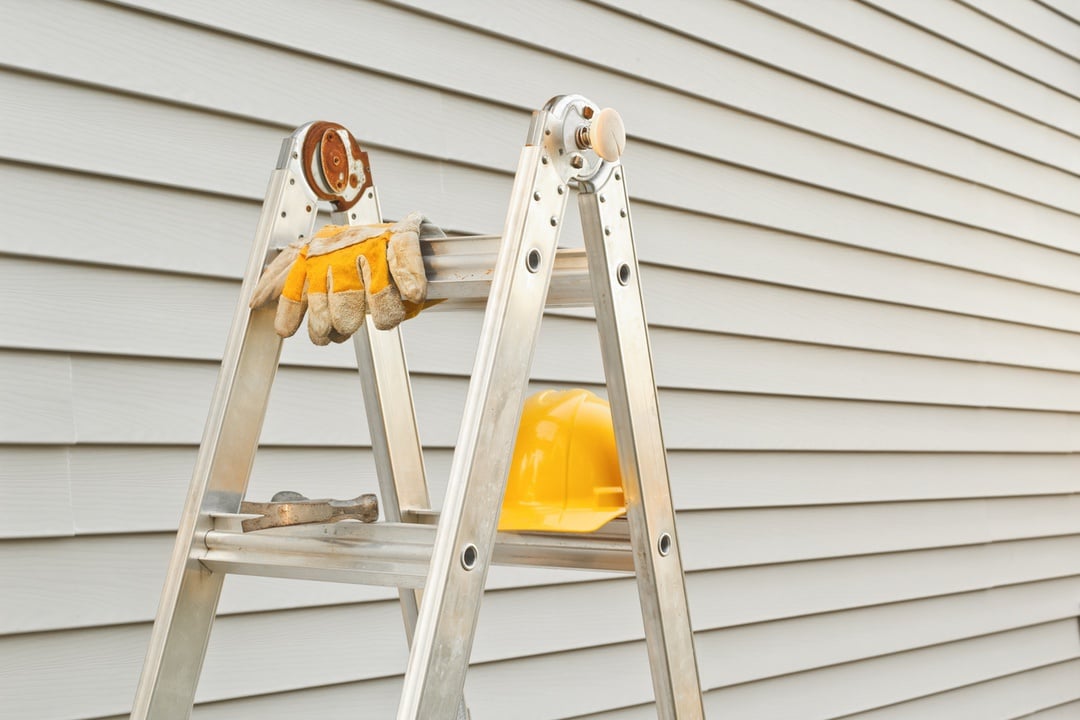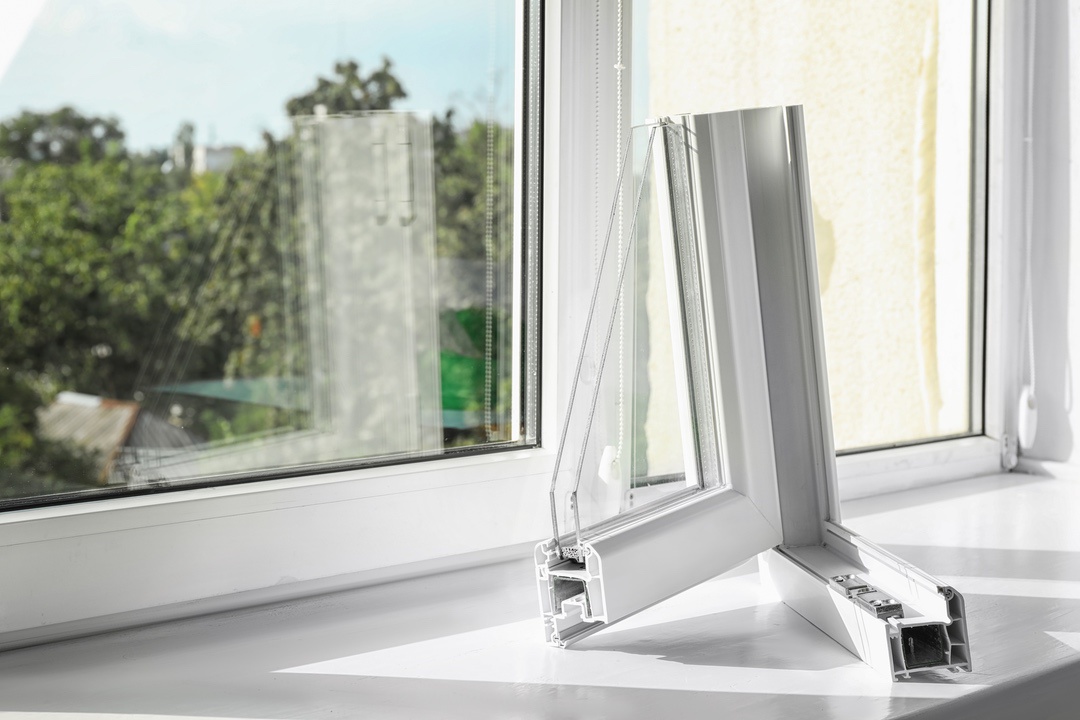Summary of Key Points:
- Any renovations that could alter the way your home interacts with radon via the “Three Cs”—capture, contain, and concentrate—can result in changes to the radon levels you and your household are exposed to on a daily basis.
- Changes to your home’s envelope and airflow characteristics can affect the way your home captures, contains, and concentrates radon. These include (but are not limited to) roof replacements, foundation repairs, siding replacements, window upgrades, and the addition of a heat recovery ventilator or change in heating method (such as a new higher efficiency furnace).
- If you tested your home for radon before renovating and the level was safe, you should test again once renovations have been completed to make sure the risks you face have not changed significantly.
- If you tested for radon and discovered high levels in your home prior to renovating, we strongly recommend taking the opportunity to mitigate your radon levels during the renovation process. This will save you time and potentially money in the long run.
Renovating your home can raise its value and make it more comfortable, but it can also change the level of risk you face from radon. It is important to note that every home already contains some radon, which is Canada’s leading cause of lung cancer amongst people who don’t smoke tobacco products. This is because all homes “breathe” due to their natural airflow characteristics and pressure differences between the inside and outside. These minute differences are key factors in how much radon is in your home—and projects that impact your home’s ability to “breathe” can potentially cause radon levels in your home to increase significantly.
The Evict Radon National Study is dedicated to providing information about radon that helps keep Canadians safe. No matter where in Canada you live, we encourage you to test your home with a long-term kit recommended by Health Canada after making any renovations that could impact the way your air flows into, out of, and around your home. Read on to learn more about why this is so important and how proper testing can allow you to renovate with more confidence that your household will be protected from radon’s harmful effects.
Want to know your home’s radon levels? Order a 90 day radon test kit here.
What Renovations Can Impact Radon Levels?
Not all renovations are likely to have an impact on the radon levels in your home. Projects that are purely cosmetic (like repainting your walls) won’t change the airflow or air pressure in your home, making it unlikely that your radon levels will fluctuate as a result.
The two categories of renovations that will most likely impact your home’s radon levels are:
- Those that change your home’s envelope—the physical barrier between the conditioned portions of your property (i.e. the inside) and the unconditioned portions (i.e. outside).
- Those that change your home’s airflow characteristics.
Your Home’s Envelope Includes:
- The foundation
- The roof
- Exterior walls
- Windows, doors, and other openings (such as skylights)
- The materials used to insulate your home
Your Home’s Airflow Characteristics Include:
- The home heating and cooling systems (such as a furnace or air conditioner)
- The home’s ventilation systems (such as range hoods, bathroom fans, and heat recovery ventilators)
- Air exchangers (such as Heat Recovery Ventilation or Energy Recovery Ventilation equipment)
Changes to the envelope and/or airflow characteristics will likely impact the pressure and flow of air inside your home, which can:
- Cause the home to pull in more radon from any area of the home that makes contact with the soil/ground (such as the foundation floor or walls)
- Make it harder for radon to escape once it enters
- Allow radon to build up to unnaturally high and cancer-causing levels
- The primary ways in which radon builds up in homes are called the “three Cs”.
The “Three Cs” of Radon:
- Capture: occurs in homes that allow radon to enter more easily.
- Contain: happens in homes with envelopes that prevent radon from escaping.
- Concentrate: radon builds up in higher concentrations when either or both of the first two Cs are present.
How Common Renovations Can Increase Radon Levels
Here are a few common renovations that may cause your radon levels to increase via the means listed above. Note that this is not an exhaustive list—always test your home’s radon levels after undertaking any projects that could affect your home’s envelope or air flow characteristics, even if you already conducted a radon test beforehand.

Via Adobe Stock.
Replacing Your Roof
Roof replacements can give your home better protection from external threats like inclement weather, and can also help you save energy if you’re upgrading to thicker materials like architectural shingles. However, the improved insulation these shingles offer can cause your home to contain radon more easily and increase its concentration over time.

Via Adobe Stock.
Fixing Foundation Cracks
Radon often seeps into homes through cracks in the foundation, so you might assume that repairing these cracks would be more likely to lower your radon levels than increase them. However, sealing cracks can cause radon to enter your home through alternative pathways, like gaps around pipes and other openings—making your home capture more radon as a result. It is important to remember that radon is a very small gas, and tiny, invisible cracks are all it takes for the gas to enter the home.

Via Adobe Stock.
Changing Your Siding
Siding isn’t just for show—like roofing, it also plays a role in your home’s insulation levels, and can therefore contribute to the amount of radon your home contains. For example, higher-quality vinyl siding may come with contoured insulation in the form of foam backers, and premium materials like fiber cement siding may also contribute to an effective air seal of the home’s envelope, trapping more radon inside your home due to their relative thickness and density.

Via Adobe Stock.
Upgrading Your Windows
Investing in double- or triple- glazed windows can improve your home’s energy efficiency noticeably, but research shows that even double-glazing can have an adverse effect on radon levels. This doesn’t mean you shouldn’t use energy-efficient windows, but it does highlight the importance of taking steps to test your radon levels after installing them, and mitigate radon levels if they are high enough to be considered a health hazard.
Changing Home Heating and Cooling Methods
Upgrading your home’s heating and cooling can drastically reduce a monthly utility bill, as well as provide more consistent and even home temperature throughout the year. However, a change in the way your home is heated or cooled will affect your home’s “thermal stack” effect. This is the pressure difference that occurs in a home due to the differences in indoor air versus outside air.
Living in a cold climate nation like Canada, our homes are often at a significant temperature difference on the inside compared to the outside—and this causes the home to “breathe” more, potentially leading to increased indoor radon levels.
One major impact of installing air conditioning for the first time is that it (most likely) means you will keep your home more airtight during summer, potentially increasing radon during that period. This is because most people try to keep their newly cooled air from escaping by keeping windows and doors closed, reducing summertime ventilation that would otherwise lower radon levels during warmer periods of the year. Typically, homes with air conditioning will display radon levels that are more consistent (and potentially high) all the year round.
Changing Your Home’s Ventilation Methods
All homes need to “breathe”, exhaling stale air and inhaling a supply of fresh air. Fresh air makes our homes more livable and healthier and, as building practices have improved over the decades, so too have ventilation methods. Installing mechanical extraction fans such as bathrooms fans and range hoods can significantly improve air quality.
Even better are devices that specifically exchange stale air for fresh air (such as heat recovery ventilation (HRV) or energy recovery ventilation) helping a home have a constant supply of fresh, outside air at a lower energy cost. However, these devices can influence the pressure differences within the home, and need to be properly balanced. If left unbalanced, ‘HRV’ devices have the power to produce negative pressures that cause a home to significantly increase the rate of radon being pulled into the home and cause high radon levels.
When to Test Your Home for Radon if You’re Renovating
When you’re planning a renovation, radon testing should be a question of “when”, not “if”. If the renovation includes pouring new concrete foundations or walls, then it is best to wait at least 18 months after the concrete was poured, so that the new materials added during the renovation have time to settle and cure. However, if your renovations did not include pouring concrete, then it is best to test radon soon after your renovations have completed. This will provide you with a timely, reliable result.
While we advise that you generally should do a radon test after a renovation is complete, sometimes also testing beforehand can be useful. For example, if you discover high radon levels in your home prior to renovating, you can take the opportunity to arrange for a C-NRPP-certified professional to add a radon mitigation system to your home during the renovation process, potentially saving you time and money in the long run (of course, if your radon levels are low before renovating, you’ll still need to test them again once the renovations are complete as per the above).
Radon Testing and Renovations Can Work Together
The information we’ve provided above demonstrates why there is a need for radon testing often before and always after you’ve completed renovations. Consider adding a Health Canada recommended radon test kit to your bill of materials. This simple and cheap item will provide you with the information you need to ensure that your newly-renovated home will be safe and healthy for all those living inside.
You can acquire a long-term radon test kit at cost here, which will also allow you to participate as a citizen scientist in our ongoing research project and ultimately contribute to better radon safety across Canada. Learn more about our work by contacting The Evict Radon National Study if you have questions and want to speak with an expert.
